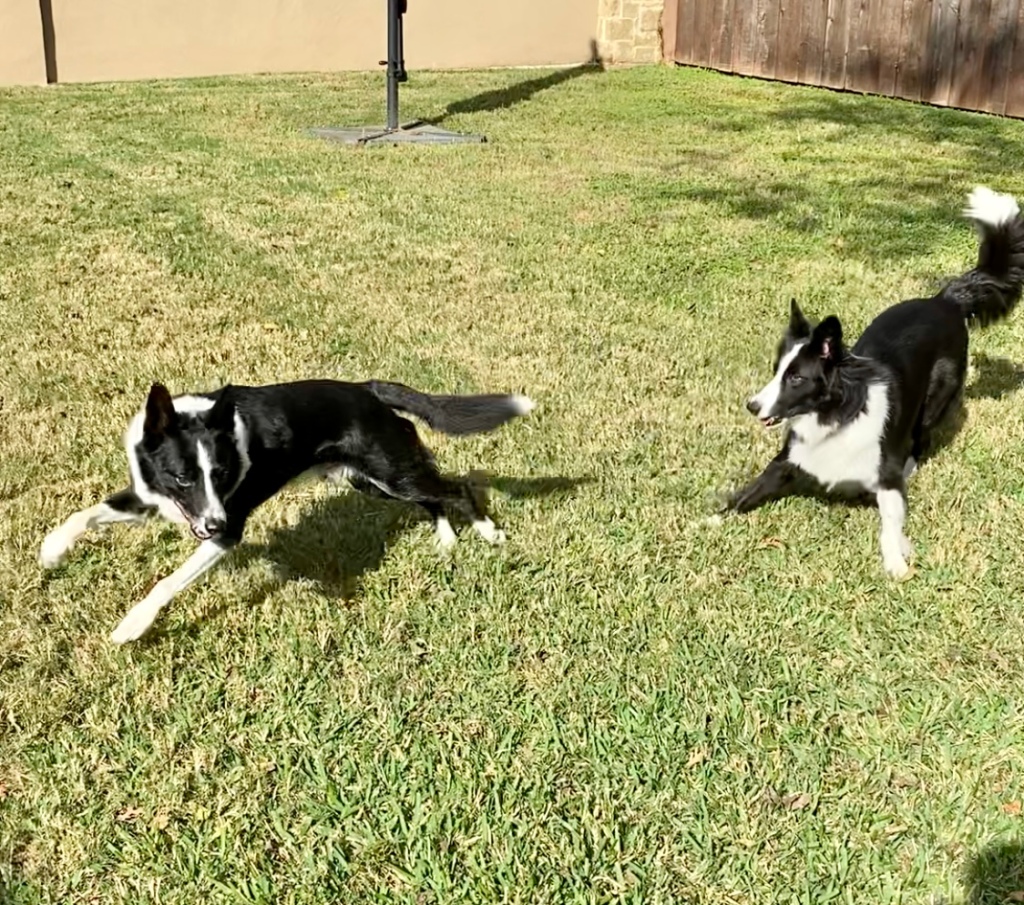For my part, I wish we could all agree on something. The few good, ethical, responsible breeders aren't the core of the dog abandonment problem. And so-called "barriers to adoption" from rescues aren't the problem. The dog abandonment (and worse) crisis we face is multi-faceted.
The solution surely begins with being a responsible guardian of the animals in our care. Animal shelters, rescue organizations, and veterinary clinics should continue collaboration. Let me encourage you to consider fostering a shelter or rescue dog, to better promote adoptable dogs. Many rescues and shelters do an excellent job supporting their treasured foster homes.

Barriers to adoption may (or not) be high, based on anecdotal stories with the usual pile on of "this one time" that follows. But based on true, quantifiable statistics (which I'll reference below), too many dogs are neglected. Many are abandoned and never find permanent homes.
Having never purchased a dog, instead I've had success adopting from breed rescue. For rescue personnel it's always about the dogs' well-being. It's also about a good match being made into a promising, stable, and appropriate long-term home.

Purchase a dog for all the right reasons if you see fit. But please be fair and open-minded toward rescue. Avoid openly denigrating rescue, who are volunteers doing the best we can with limited resources.
A sad 2.7 million dogs and cats are killed every year because shelters are too full and there aren't enough adoptive homes. I dislike the idea of cleaning up after irresponsible breeders whose unwanted puppies end up in shelters and rescues.
More than that, I dislike the idea of those dogs lingering in overfull shelters. They never experience long-term stability.
So, I continue to support rescue. How I'd love the unrestrained indulgence of supporting an ethical producer of physically healthy and behaviorally sound dogs.
Instead my heart is drawn to rescue, and I've been lucky. Collaboration between all dog lovers is prudent.

Real, quantifiable statistics:
- Only 1 out of every 10 dogs born will find a permanent home.[1]
- The main reasons animals are in shelters: owners give them up, or animal control finds them on the street.[2]
- Each year, approximately 2.7 million dogs and cats are killed every year because shelters are too full and there aren’t enough adoptive homes. Act as a publicist for your local shelter so pets can find homes. Sign up for Shelter Pet PR.[3]
- Approximately 7.6 million companion animals enter animal shelters nationwide every year. Of those, approximately 3.9 million are dogs and 3.4 million are cats.[4]
- According to the National Council on Pet Population Study and Policy (NCPPSP), less than 2% of cats and only 15 to 20% of dogs are returned to their owners.[5]
- 25% of dogs that enter local shelters are purebred.[6]
- About twice as many animals enter shelters as strays compared to the number that are relinquished by their owners.[7]
- It’s impossible to determine how many stray dogs and cats live in the United States. Estimates for cats alone range up to 70 million.[8]
- Only 10% of the animals received by shelters have been spayed or neutered. Overpopulation, due to owners letting their pets accidentally or intentionally reproduce, sees millions of these “excess” animals killed annually.[9]
- Many strays are lost pets that were not kept properly indoors or provided with identification.[10]
- According to The Humane Society, there are about 3,500 brick-and-mortar animal shelters in the US and 10,000 rescue groups and animal sanctuaries in North America.[11]
- The Mosby Foundation. "Truth of what happens to shelter animals everyday." Web Accessed February 23, 2015. ↩︎
- Towell, Lisa. "Why People Abandon Animals." PETA Prime, 2010. Web Accessed February 23, 2015. ↩︎
- American Society for the Prevention of Cruelty to Animals. "Pet Statistics." Web Accessed February 26, 2015. ↩︎
- American Society for the Prevention of Cruelty to Animals. "Pet Statistics." Web Accessed February 26, 2015. ↩︎
- American Society for the Prevention of Cruelty to Animals. "Pet Statistics." Web Accessed February 26, 2015. ↩︎
- The Humane Society of the United States. "U.S. Pet Ownership and Shelter Population Estimates." 2012 & 2013. Web Accessed February 23, 2015. ↩︎
- American Society for the Prevention of Cruelty to Animals. "Pet Statistics." Web Accessed February 26, 2015. ↩︎
- American Society for the Prevention of Cruelty to Animals. "Pet Statistics." Web Accessed February 26, 2015. ↩︎
- American Society for the Prevention of Cruelty to Animals. "Pet Statistics." Web Accessed February 26, 2015. ↩︎
- American Society for the Prevention of Cruelty to Animals. "Pet Statistics." Web Accessed February 26, 2015. ↩︎
- The Humane Society. "Pets by the numbers." Web Accessed February 20, 2019. ↩︎



















































